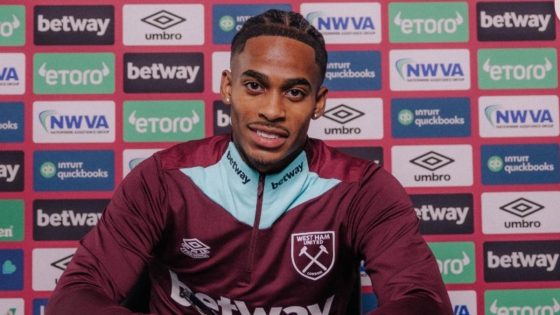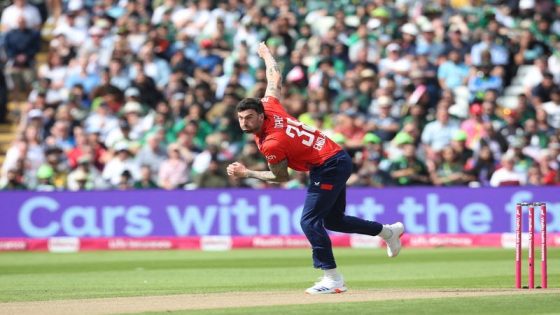The pitching market is a tricky area to navigate right now. After all, we are living in a world where 12 of the current top 15 pitchers in ERA were selected outside the top 100 picks during draft season, which makes us question whether we truly know who the best pitchers are. But the season remains relatively young, having recently passed the one-third point, and there is still plenty of noise involved with the statistics of starters who have made just 10-12 appearances.
Wise managers will continue to look at K:BB ratio as a strong indicator of a pitcher’s true talent, and when assessing a hurler’s ERA and WHIP, they will look one level deeper at stats such as BABIP and strand rate, which can still fluctuate significantly at this point in the year.
When assessing closers, wise managers will know that some men have enjoyed twice as many save chances as their counterparts on other teams and that the wide gap in opportunities is more based on luck than any other factor.
Who to Sell High
Kyle Finnegan (RP, Washington Nationals)
This is getting ridiculous.
Finnegan was listed as a “buy low” player in one of these articles in early April, on the basis that he had an excellent chance of getting saves but was largely an afterthought in fantasy leagues. Two months later, he sits fifth in the majors with 16 saves. Finnegan is one of just three pitchers with at least 10 saves, an ERA below 2.00 and a WHIP below 1.00.
The right-hander’s early season success is admirable, but the reality is that he is pitching over his head as much as anyone in baseball. His .158 BABIP and 92% strand rate are extremely fortunate marks for someone with mediocre skills, and his 4.63 FIP and 4.81 xERA are a better indicator of his true talent. I’m not suggesting that managers give Finnegan away, as he could hold the closer’s role all season. But I would be happy to deal him to anyone who will take the bait on the notion that Finnegan is a top-10 closer.
Héctor Neris (RP, Chicago Cubs)
Neris has some similarities to Finnegan but belongs in a lower tier on the trade market. The right-hander has surprisingly taken hold of the Cubs closer’s role, and on the surface, things are going fairly well (2.86 ERA, 8-of-10 in save chances, 5-0 record).
But even a quick look under the hood reveals an 18:16 K:BB ratio and a 1.55 WHIP that portends future struggles. I would be happy to deal Neris for any player whom I can envision remaining on my roster in two months, as the guess here is that the Cubs will find a different closer at some point this summer, either from within their roster or on the trade market.
José Berríos (SP, Toronto Blue Jays)
Berríos is fine. He’s an innings eater. He’s the same pitcher he has always been. His 4.17 FIP resembles his 4.04 career mark. But thanks to a bit of BABIP luck (.259) and a terrific 87.3% strand rate, the veteran right-hander has posted ratios (2.78 ERA, 1.08 WHIP) that make him look like a No. 2 mixed-league starter.
Even with a lower home run rate across baseball, Berríos continues to struggle to keep the ball in the yard (1.3 HR/9 rate) and is destined for regression once his batted-ball luck regresses.
Who to Buy Low
Pablo López (SP, Minnesota Twins)
López righted the ship when he threw seven innings of one-run ball last time out, but there may still be a buy-low window in some leagues on a pitcher with a disappointing 4.84 ERA. The right-hander is surely due for many more innings that resemble his last one, as he compiled an outstanding 75:11 K:BB ratio in 67 innings while dealing with terrible luck with runners on base (67.5% strand rate).
To connect all of the dots in this article, an offer of Berríos for López would be a smart one right now, and I would be willing to throw in a spare part such as Neris to get the deal to the finish line.
Brandon Pfaadt (SP, Arizona Diamondbacks)
Although Pfaadt showed some improvement with run prevention during May, his overall ERA remains an unimpressive 4.32 ERA, and his start-to-start results continue to be inconsistent. The right-hander has been effective this year from a skills perspective, which includes a 71:14 K:BB ratio and a 1.08 WHIP.
His ERA has been held back by a 59% strand rate which is the lowest of any qualified hurler. Many of his recent returns on the Yahoo! Trade Market have been modest, which is a good indication that Pfaadt is not a coveted commodity in fantasy leagues.
Kirby Yates (RP, Texas Rangers)
Yates has been outstanding this season (0.89 ERA, 0.89 WHIP) but has just one save since May 9. We aren’t talking about the White Sox closer here — the Rangers are the defending World Series Champions and have hovered around the .500 mark to this point in 2024.
Yates entered the season on waivers in most leagues, and although he has done everything in his power to build his value, his recent lack of save chances has kept him ranked as a mid-level closer in the eyes of some managers. Those who want to acquire a premium reliever without paying a premium price would be wise to target Yates over the likes of Emmanuel Clase or Clay Holmes.
Source Agencies


